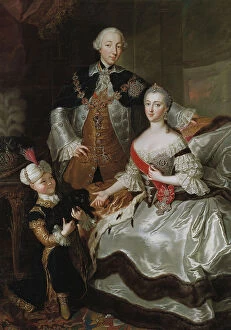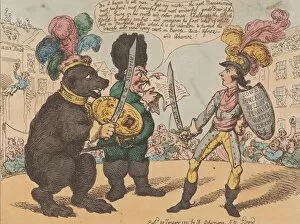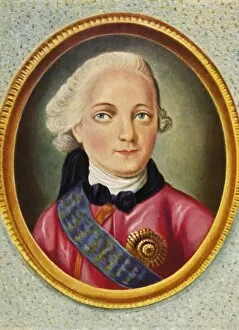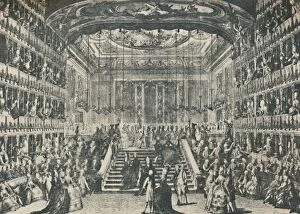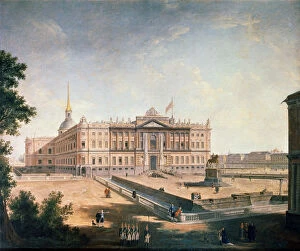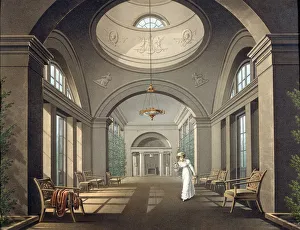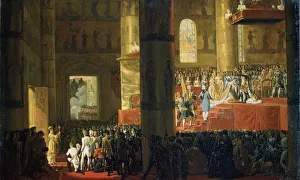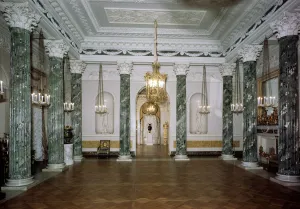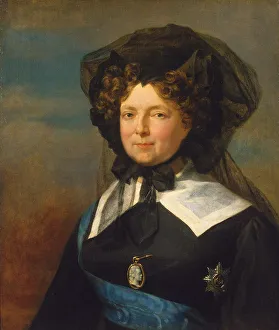Pavel I Collection
Pavel I, also known as Paul I of Russia, was a complex and controversial figure in Russian history
All Professionally Made to Order for Quick Shipping
Pavel I, also known as Paul I of Russia, was a complex and controversial figure in Russian history. As the son of Catherine the Great, he ascended to the throne in 1796 after his mother's death. Despite being well-educated and intelligent, Pavel's reign was marked by erratic behavior and unpopular policies. He implemented strict military reforms that alienated many nobles and officers, leading to numerous conspiracies against him. His obsession with discipline and order extended to his personal life as well; he imposed strict rules on his family members and courtiers. Pavel's foreign policy decisions were equally divisive. He aligned himself with Britain against France during the Napoleonic Wars, which ultimately led to Russia's defeat in the War of the Third Coalition. Despite these shortcomings, Pavel did make some positive contributions during his reign. He abolished capital punishment for deserters from the army and introduced measures to improve conditions for serfs. In 1801, Pavel was assassinated by a group of disgruntled nobles who saw him as a tyrant. His death marked the end of an era in Russian history and paved the way for his more successful son Alexander I to take power.

